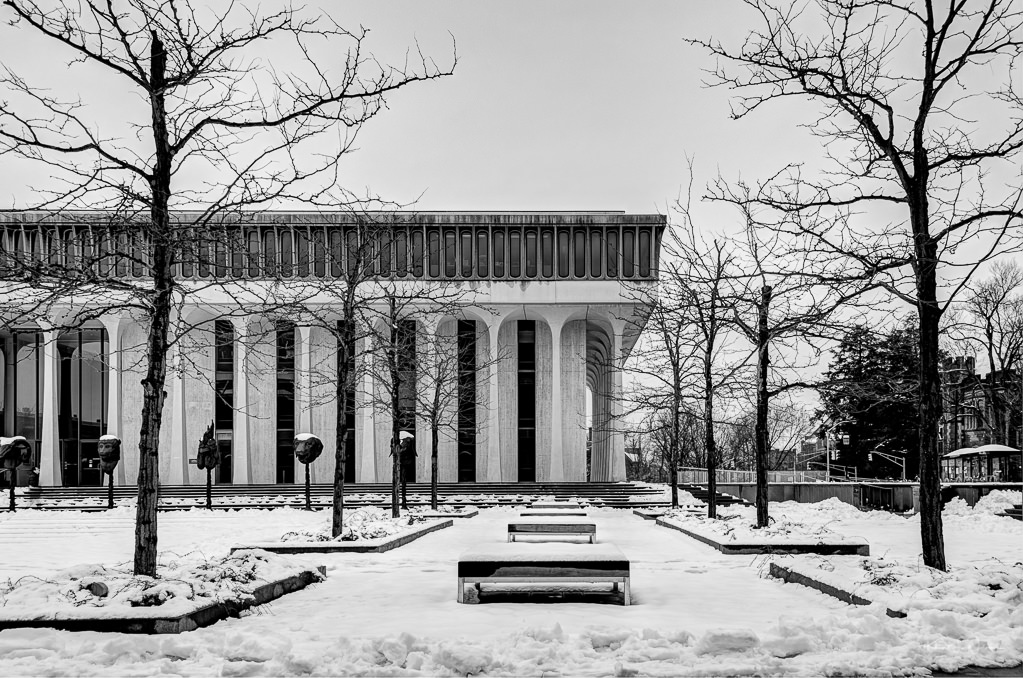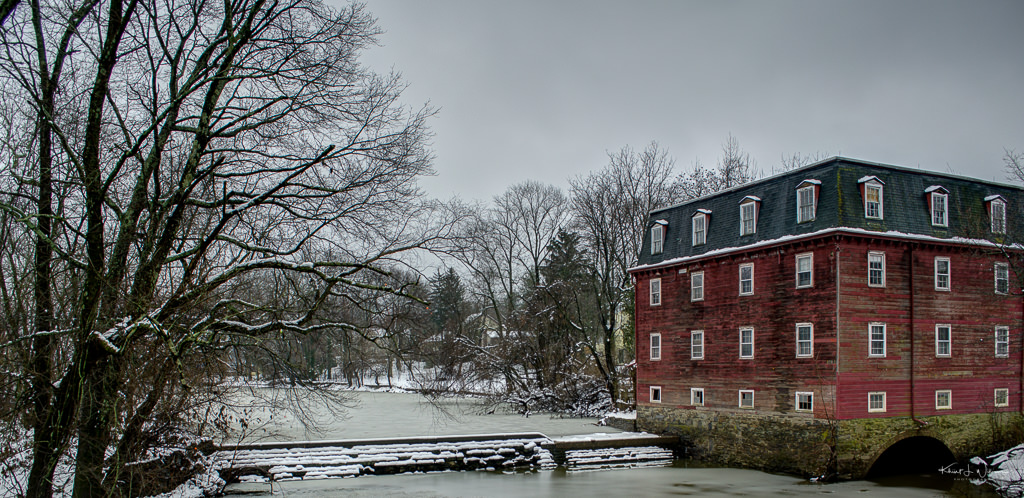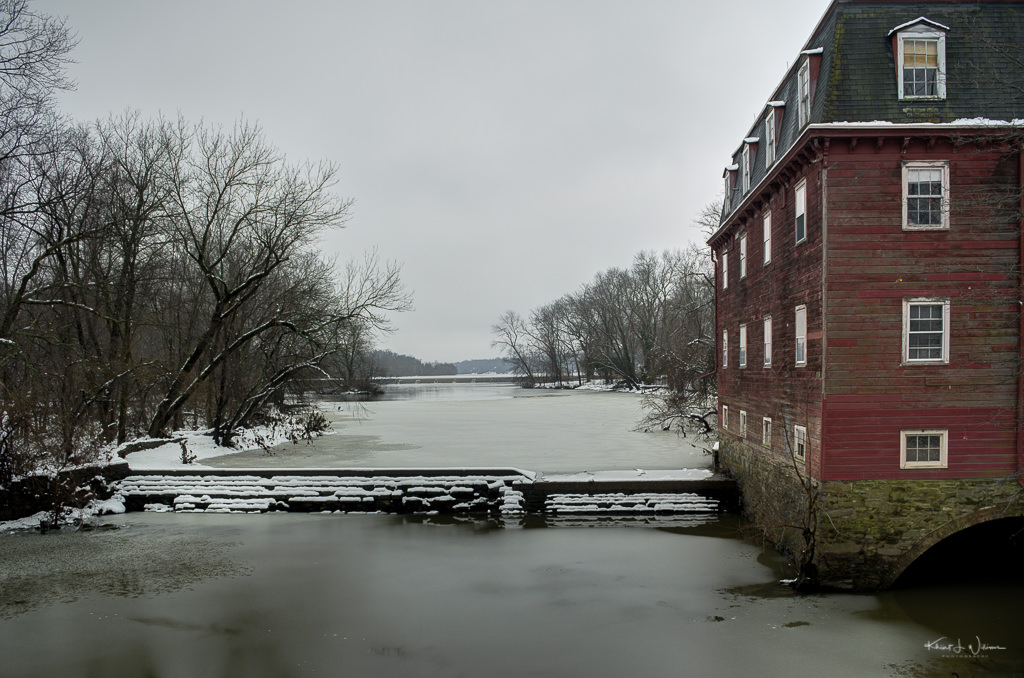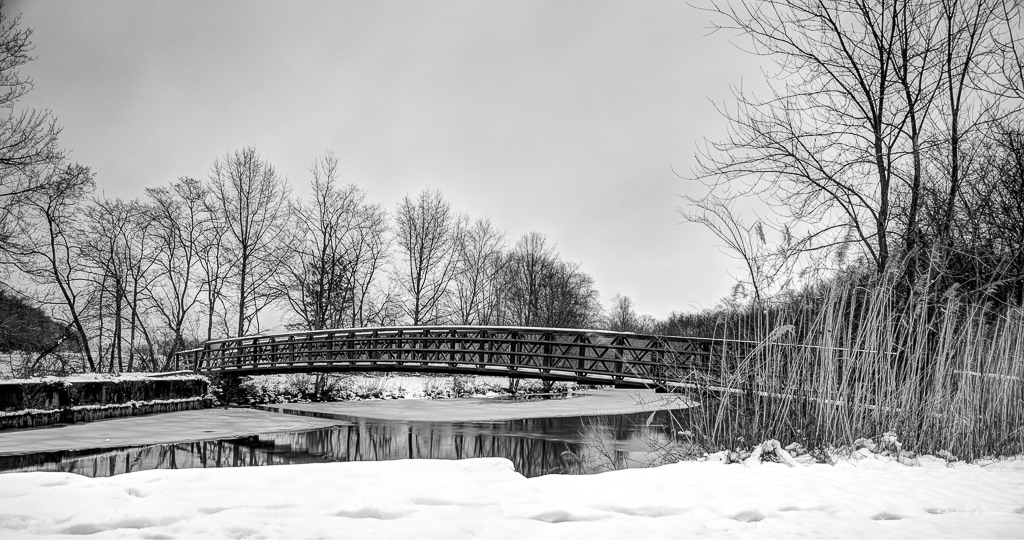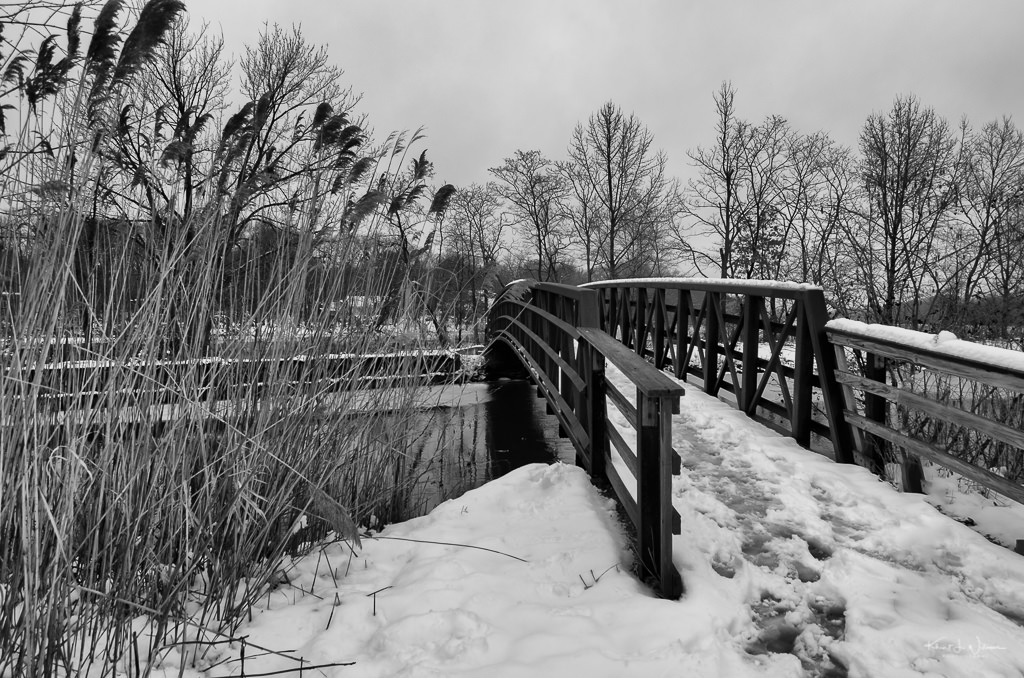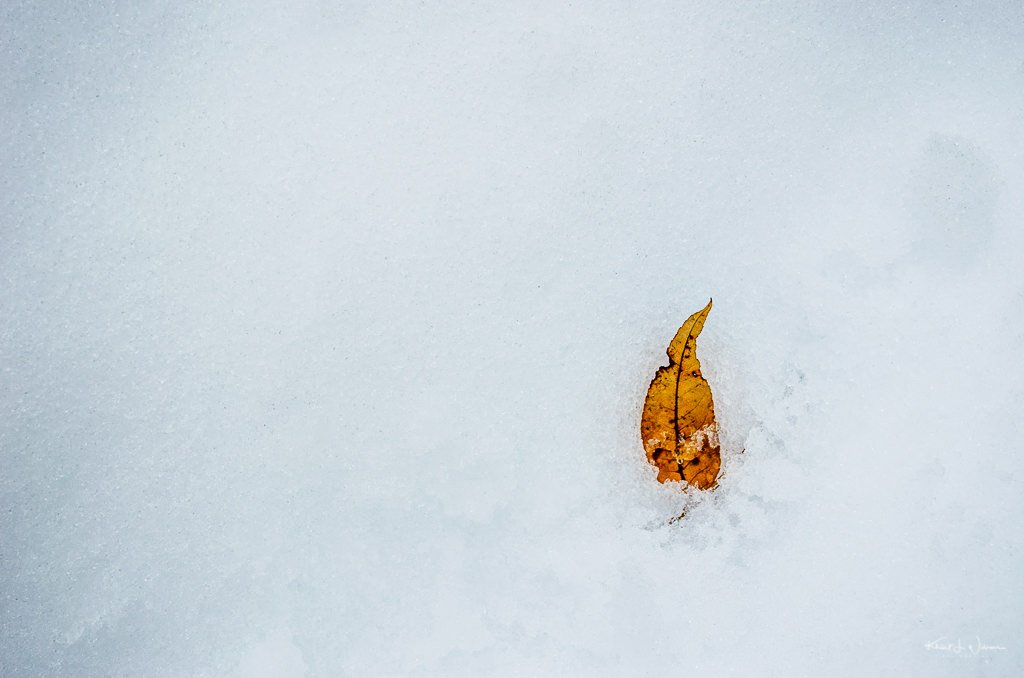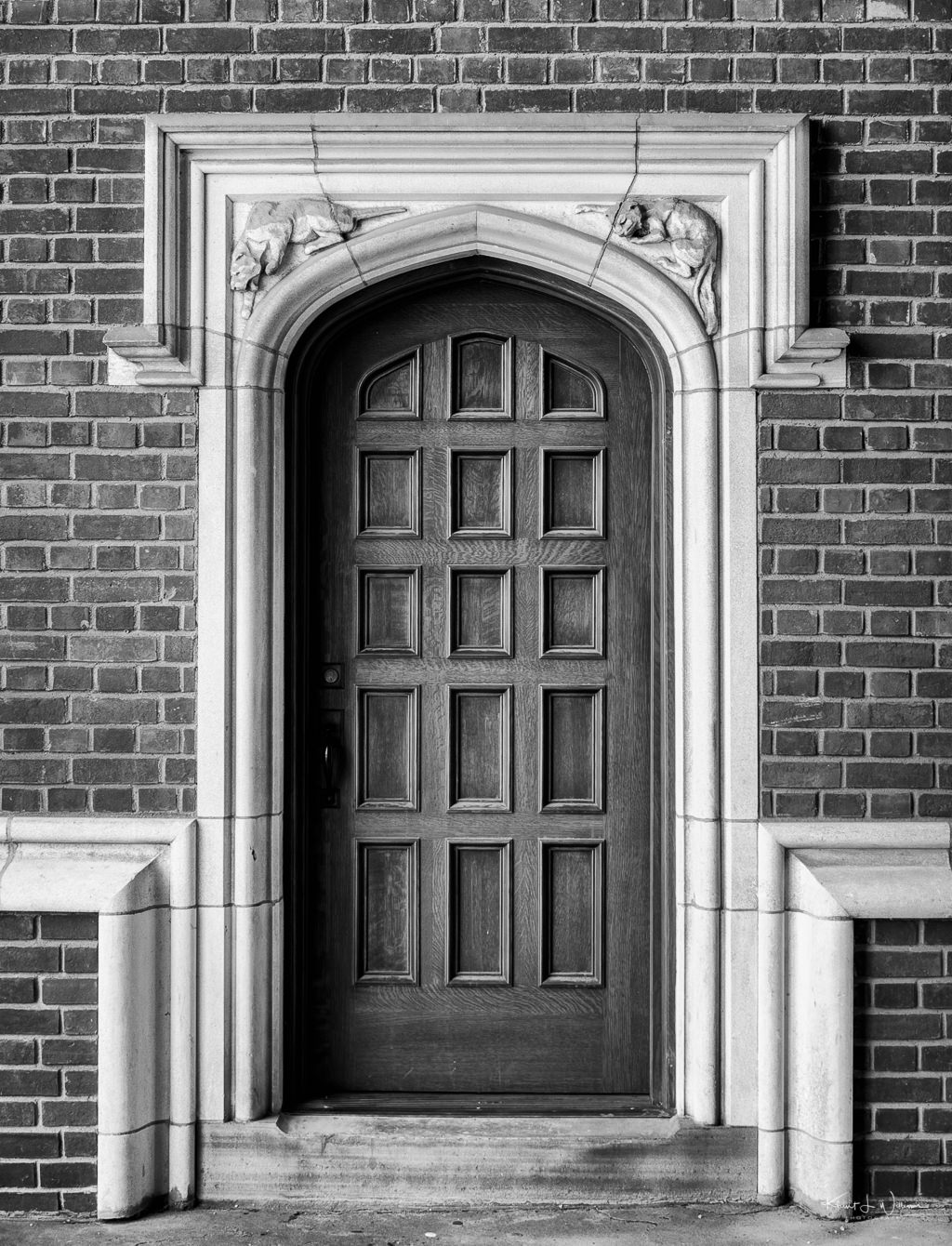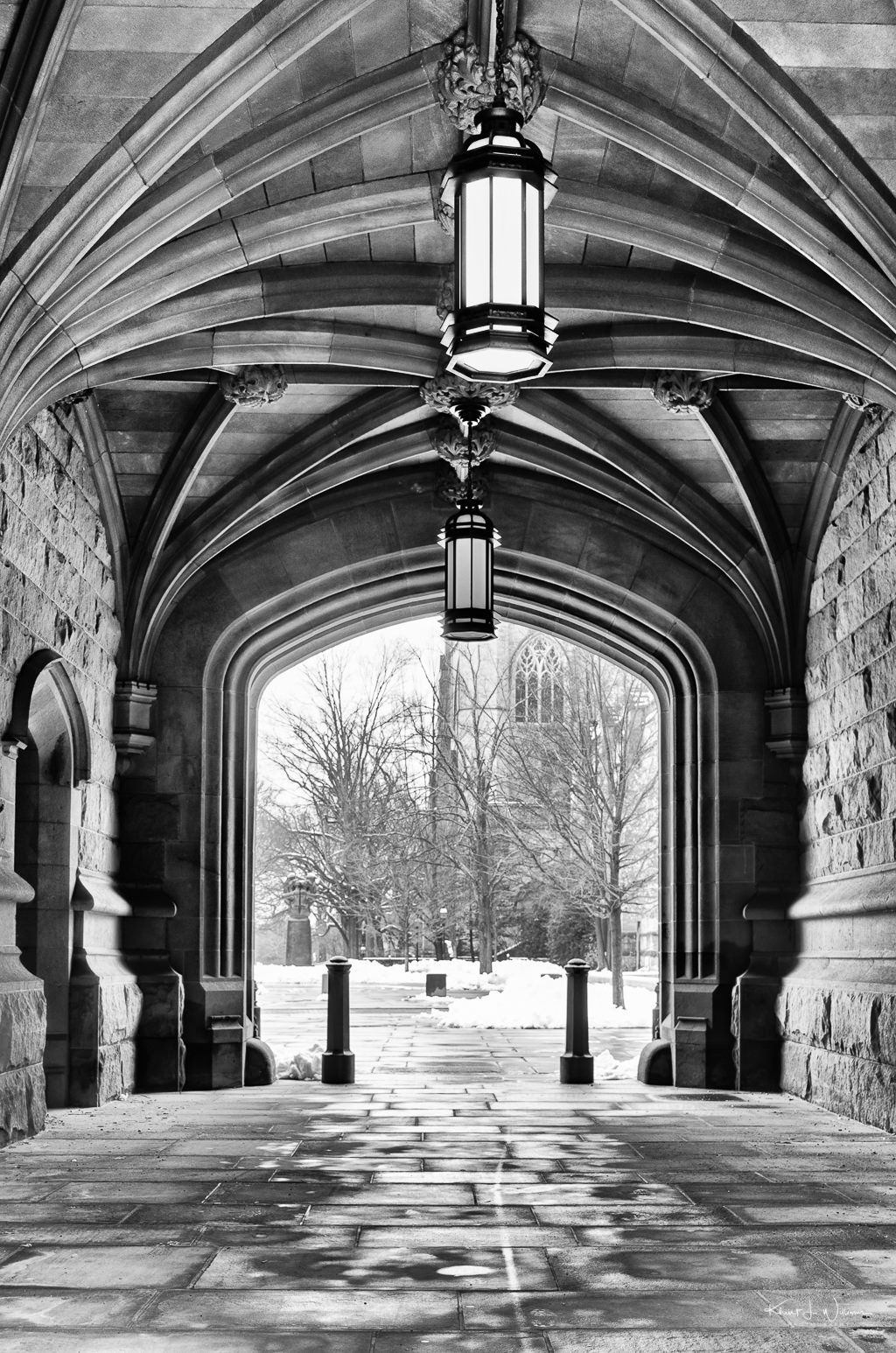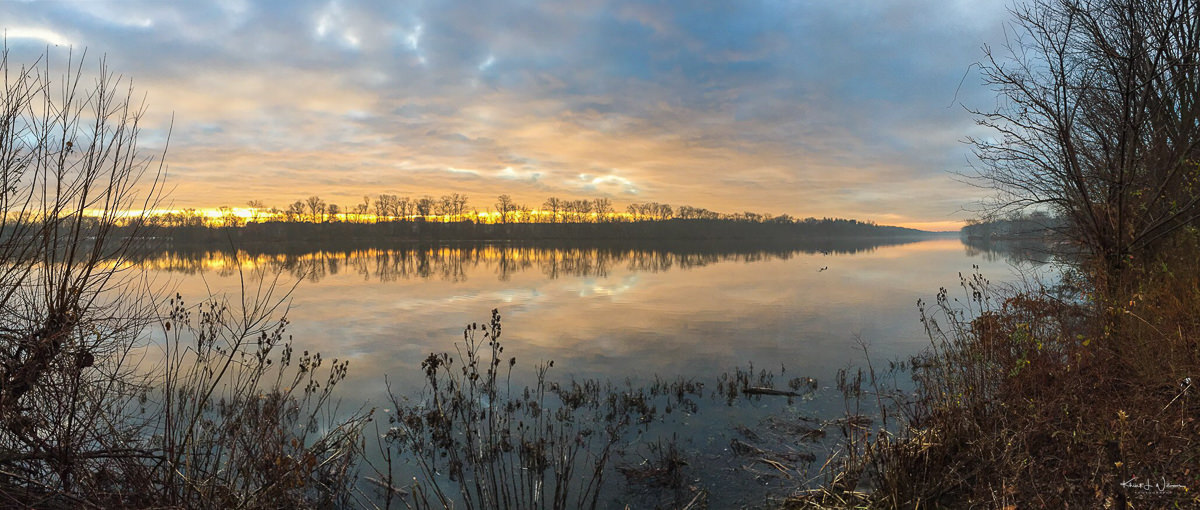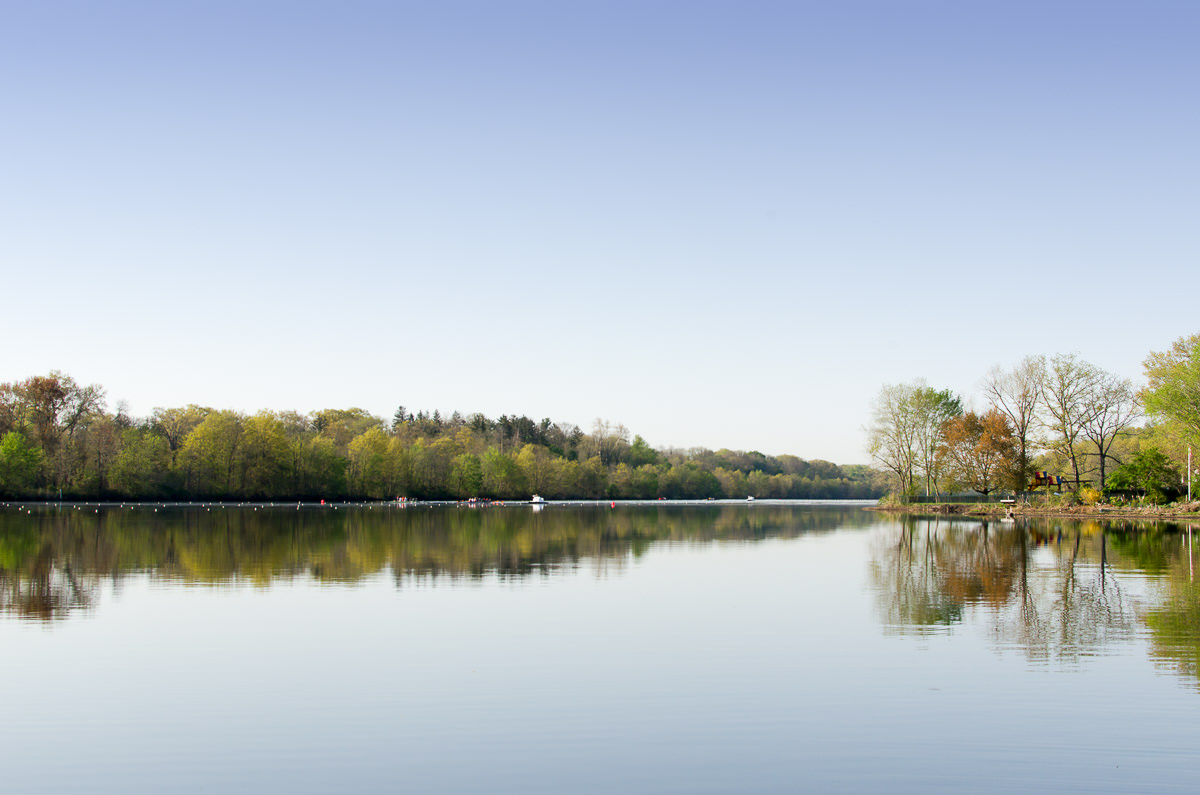
Some of my readers may know that I have a chronic progressive illness, Type 1 diabetes. Managing Type 1 diabetes is one of those things that is easy to learn but difficult to master. It's not as simple as what I ate. One of the reasons I am writing today is to help you, the reader, understand something about Type 1 diabetes. To educate you so that you can stop saying stupid things to your friends with diabetes. Stupid things like, "Should you eat that?", or "But you're not fat!". Today I am going to explain to you a bit about the Dawn Phenomenon.
The dawn phenomenon, also called the dawn effect, is the term used to describe an abnormal early-morning increase in blood sugar (glucose) — usually between 2 and 8 a.m. — in people with diabetes.Mayo Clinic
Yep. Isn't diabetes a hoot? It seems that even when I don't eat, when I asleep, fasting, my blood glucose (BG) will increase. Just because. Well not really.
Some researchers believe the natural overnight release of the so-called counter-regulatory hormones — including growth hormones, cortisol, glucagon and epinephrine — increases insulin resistance, causing blood sugar to rise.
Ok. So wait. Not only do I have to fight diabetes while I'm going about my day but it's battling me even in my sleep -- even when I'm not eating? Why would nature do such a thing? Why?
The body prepares for waking up by secreting several different hormones.
First, between 4:00 and 6:30 a.m. it secretes cortisol, epinephrine, and norepinephrin. You may recognize these as the hormones involved in the "fight or flight response." In this case, their job is more benign, to give you the energy to get up and moving.
Besides giving you a burst of energy, these hormones raise blood sugar. You aren't going to be able to make any kind of energetic response if you don't have fuel, and after a long night's sleep, the fuel your body turns to to get you going is the glucose stored in the liver.
So after these stress hormones are secreted, around 5:30 a.m., plasma glucose and, in a normal person, insulin start to rise.
Though the normal person gets a rise in insulin to help cells use the morning glucose, people with diabetes don't, so instead of giving their cells a dose of morning energy, all they get is a rise in blood sugar.Jenny Ruhl
Oh! It's not just me. It's all of us. You, the person without diabetes, it happens to you too. It's a survival tactic. When we were more primitive, before fire and housing developments, we used to have to get up in the morning and go find our food. Without the rise in BG, our bodies would not have the energy to do this. We would starve.
That still works for you. But for me, it's another thing I need to think about. It's another thing I need to adjust for. It's not as simple as thinking about what I eat.
